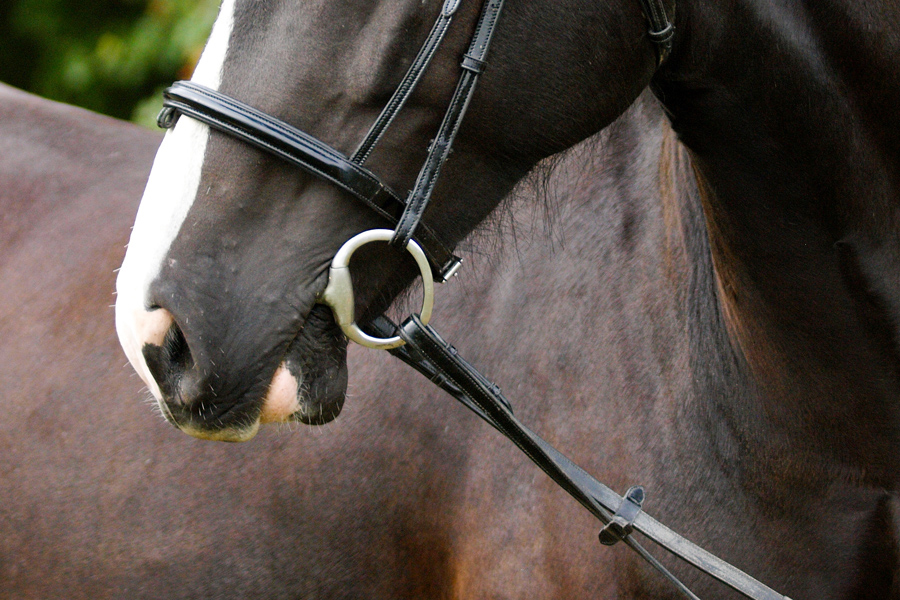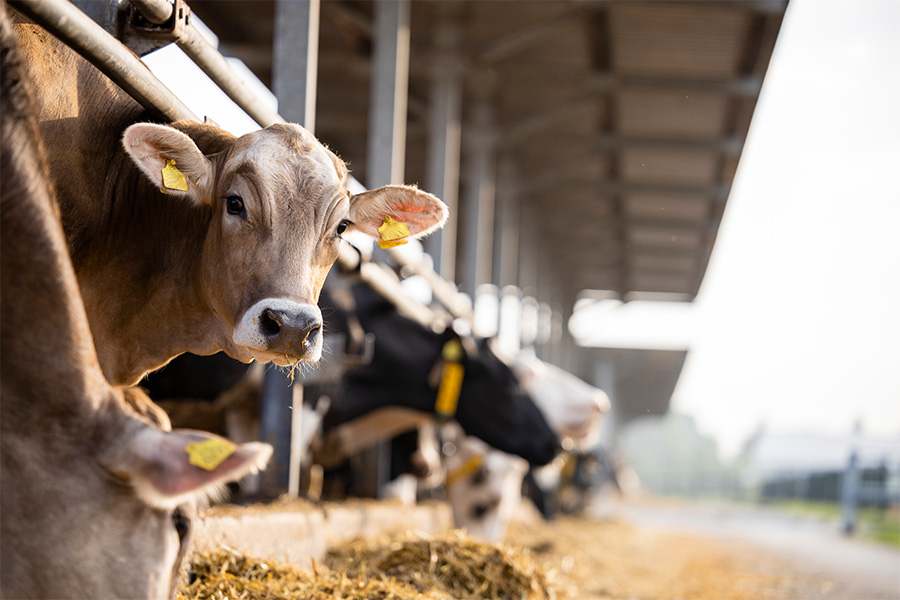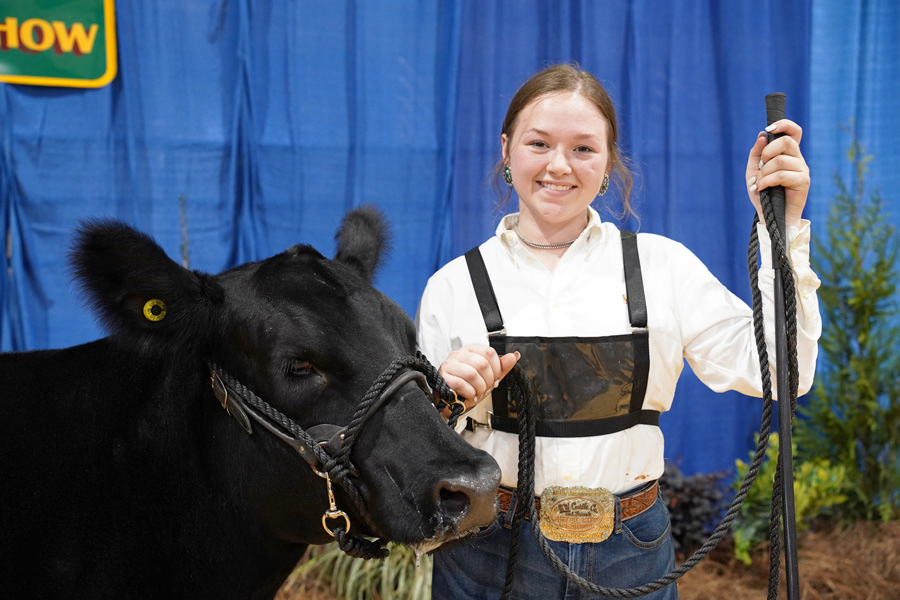Animal and Dairy Science
-

B 1379
Bits 101
Bit selection is a critical area of consideration for riders of all disciplines and levels. For many horse enthusiasts, lack of knowledge about bit types and functions, as well as common misconceptions held in the horse industry, can make choosing an appropriate bit a difficult process.
Kylee Jo Duberstein
|
-

Beef cattle evaluation is important for all segments of the cattle industry. Visual evaluation allows you to compare animals not only for various economically viable traits, such as growth performance and potential carcass merit, but also for traits that are indicators of functionality in each production environment, such as skeletal structure. These traits are often difficult to quantify and are commonly considered convenience traits as they do not have a direct impact on income. Still, traits such as these can have a significant management and economic impact across multiple generations of offspring.
This publication is intended to help the reader develop visual evaluation skills for cattle with particular emphasis on breeding cattle. Visual evaluation combined with industry best management practices is key to overall success in selecting quality replacements.
Jason Duggin and Dylan Davis
|
-

This publication (WUFFDA) provides a program designed to help formulate feeds for poultry and swine. It is available in the following languages: Afrikaanse, Chinese, Croatian, English, French, Korean, Minnesotan, Portuguese, Russian, Spanish, Turkish and Farsi.
Gene M. Pesti, Chongxiao (Sean) Chen, Remzi I. Bakalli, Mike Azain, Dmitry V Vedenov, and Michael J. Azain
|
-

This publication describes management strategies to reduce heat stress, prevent mastitis and improve milk quality in dairy cows and heifers.
Steve Nickerson, Sha Tao, and Valerie E Ryman
|
-

C 904
Freeze Branding Cattle
To improve efficiency, cattle producers should place a high priority on identifying individual cattle and maintaining accurate records. One type of permanent identification is branding.
Lawton Stewart
|
-

B 1371
UGA Basic Balancer
The UGA Basic Balancer is a spreadsheet-based decision aid to formulate basic rations for beef cattle operations. The nutrient requirements used in this program are adapted from guidelines presented in the 2000 National Research Council publication “Nutrient Requirement of Beef Cattle: Seventh Revised Edition: Update 2000.” The UGA Basic Balancer program consists of a feed library, least cost feedstuff analyzer, a ration analyzer, and sections to balance rations for brood cows, bulls, heifers, and stockers.
The UGA Basic Balancer is intended to be a simple ration balancer that addresses energy (TDN) and crude protein (CP) requirements of cattle. This program does not take into consideration other requirements or limitations (for example, micro minerals, fat level, effective fiber, nonstructural carbohydrates, etc.). Before feeding any rations developed in this program, contact your local Extension office to address any potential problem.
Jacob R. Segers, Lawton Stewart, and Lisa Baxter
|
-

The way exhibitors present cattle has changed tremendously in a century. Youth beef shows often have showmanship divisions that are very competitive. Being a showmanship division winner is a great achievement and worthy goal. New exhibitors should study and practice these basic skills for the best chance at success.
Carole Knight, Heather K. Shultz, Jason Duggin, and Tim Street
|
-

This publication highlights the role of selenium in animal nutrition; selenium concentration and distribution in soils and feedstuffs (grains and forages) produced in various parts of the United States and in Georgia; disorders resulting from Selenium deficiency or toxicity; various methods of selenium supplementation; and recommendations for selenium management in Georgia. This publication is intended to serve as an educational resource for university researchers and Extension specialists, county Extension agents and livestock, forage and feed producers, among others.
Lawton Stewart and Uttam K. Saha
|
-

This publication summarizes the latest and most relevant information regarding the management of the bermudagrass stem maggot (BSM), including biological, cultural, physical and chemical mitigation strategies. In addition to information about how to control the pest, this bulletin provides detailed information about the history, identification, and biology of the bermudagrass stem maggot.
William G. Hudson, Jennifer J. Tucker, and Lisa Baxter
|